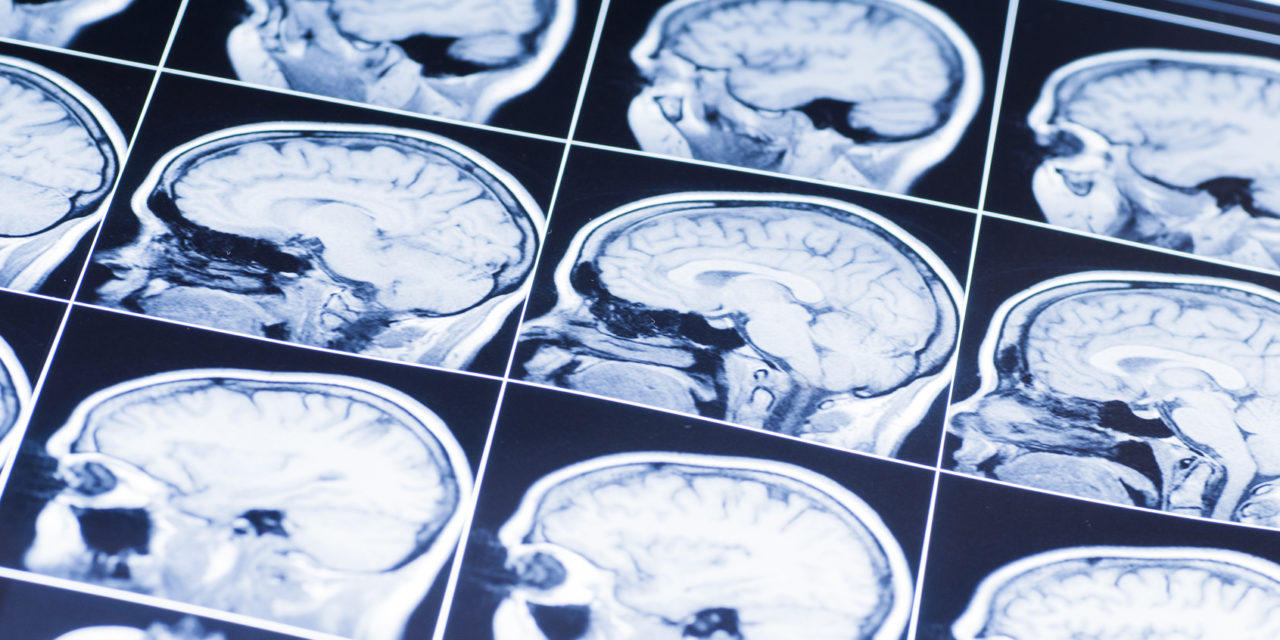At its root, the word “trauma” refers to a a deeply distressing or disturbing experience. In the realm of physical injury, then, that means a traumatic experience that is extremely damaging and can have long-lasting effects.
That more or less fits the reality of traumatic brain injury (TBI).
Caused by a bump, blow or jolt to the head, TBIs are a major cause of death and disability in the U.S. and worldwide, accounting for about 30% of all injury deaths in this country annually. In fact, 153 people in the U.S. die every day as the result of a TBI and the injuries contribute to some 2.8 million emergency room visits, 282,000 hospitalizations and nearly 50,000 deaths each year.
But not every TBI results in a hospital visit. In fact, these injuries have proven especially difficult to diagnose — as anyone who has watched NFL football over the last few seasons has likely noticed — in part because they vary widely in severity and effect. Not all blows to the head will result in a TBI, with injuries ranging from mild to more severe based on the duration of unconsciousness or any associated memory loss. Mild TBI incidents are better known as concussions, and they are by far the most common.
The effects of a serious TBI can last for days, months or a lifetime, impairing thinking and memory, impacting movement, changing sessions or altering a person’s emotional functions.
Trouble is, due to these lingering effects treating a TBI after the fact isn’t always possible of effective. Speedy diagnosis and treatment is key. Here are a few of the key innovations that are changing the world of TBI care as we know it.
Wearables
A number of companies are developing new sensor systems that can instantly and accurately measure the impact of concussive forces on a wearer’s head, using that real-time information to quickly determine whether or not they have suffered a TBI. Many of these products can fit inside an athlete’s headband or helmet, measuring any potential impacts whether or not their sport or activity requires the use of a helmet. Beyond sports, wearables like these are finding applications on the battlefield as well. As of 2011, more than 200,000 U.S. service members had been diagnosed with TBI after serving overseas, often returning home with unseen injuries and lingering effects. Wearable sensors can help diagnose those problems in the field and make sure that soldiers get the help they need when they need it.
Simulations
In order to study the effects of TBI shockwaves on living tissues, researchers at the National Institute of Child Health and Human Development have created a simulation device that fires a blast of air from a pneumatic air gun directly into a culture dish on top of a microscope. They can then study the impact that the blast has on the living cells and tissues in the dish.
“By observing the calcium signaling within the cells they discovered that pressure shockwaves alone, in the absence of shear, are not sufficient to trigger responses, even when administered at known lethal levels (14 atm),” the researchers reported. “In contrast, a pressure blast of less than 5 atm, combined with shear force distribution, induced a calcium signaling wave that propagated through the cell population. However, despite the presence of calcium signaling wave, no effect on cell survival was observed in 11 experiments after 24 hrs, consistent with published MRI results of victims suffering from mild bTBI yet lacking any signs of brain necrosis of edema.”
This work has helped identify many of the mechanisms that quickly propagate brain injury following an injury, pointing researchers to some potential treatments.
Speech Diagnostics
One of the symptoms that many TBI patients share is a change in their speech patterns, with their speaking becoming labored, slow or even slurred. Speech pathologists are using that fact to develop new systems that will automate the process of TBI diagnosis via these speech patterns.
The patient suspected of suffering from a TBI will simply speak into a microphone and the system will determine whether or not their voice fits into the standard of normal or if they are showing signs of a TBI. These systems, which are already coming into use, analyse the waves and tones of a person’s speech in order to make a real-time, accurate diagnosis, catching signs that even the human ear might miss.
And those are just a few examples.
Other innovators are exploring specific biomarkers in the blood that can be used to diagnose TBI more efficiently, while others are working on new drug delivery systems to address the damage in the brain after the fact. Given the size and severity of TBI, the market for innovative treatments and diagnostic tools remains ripe for innovation and disruption.
The only question now is: what’s next?












